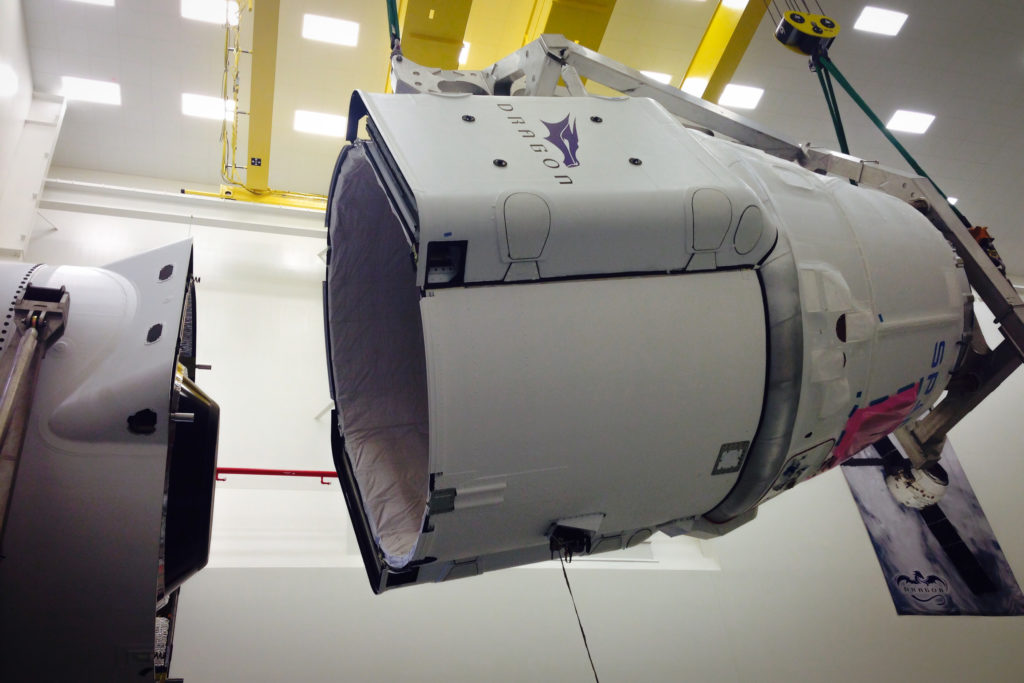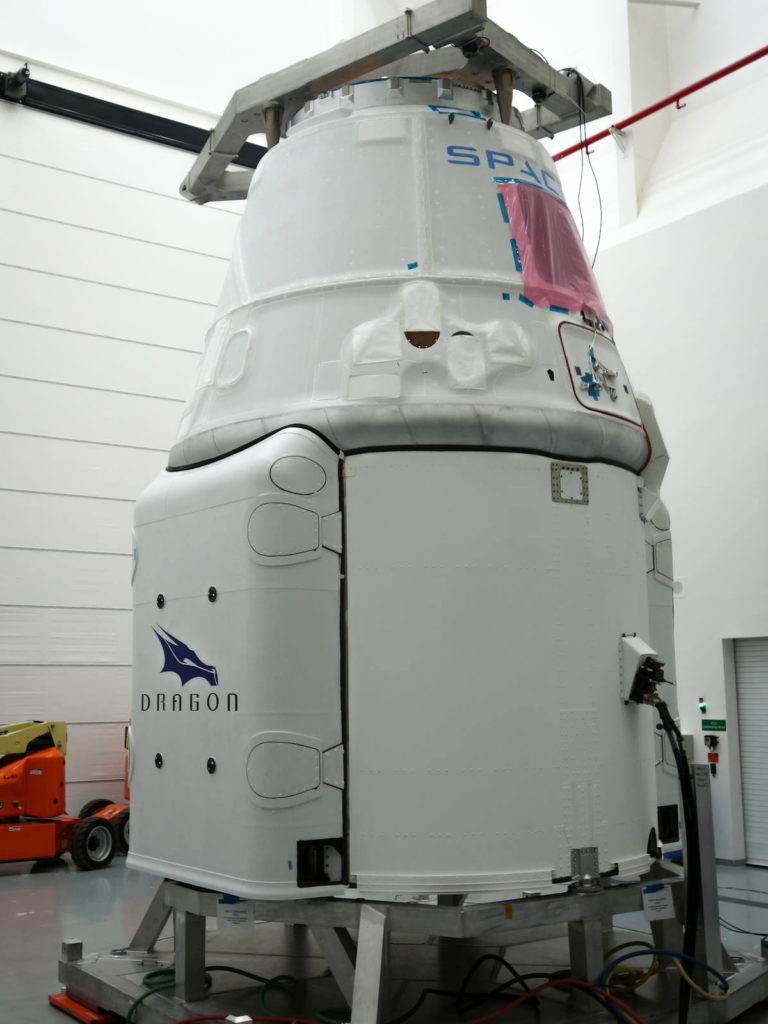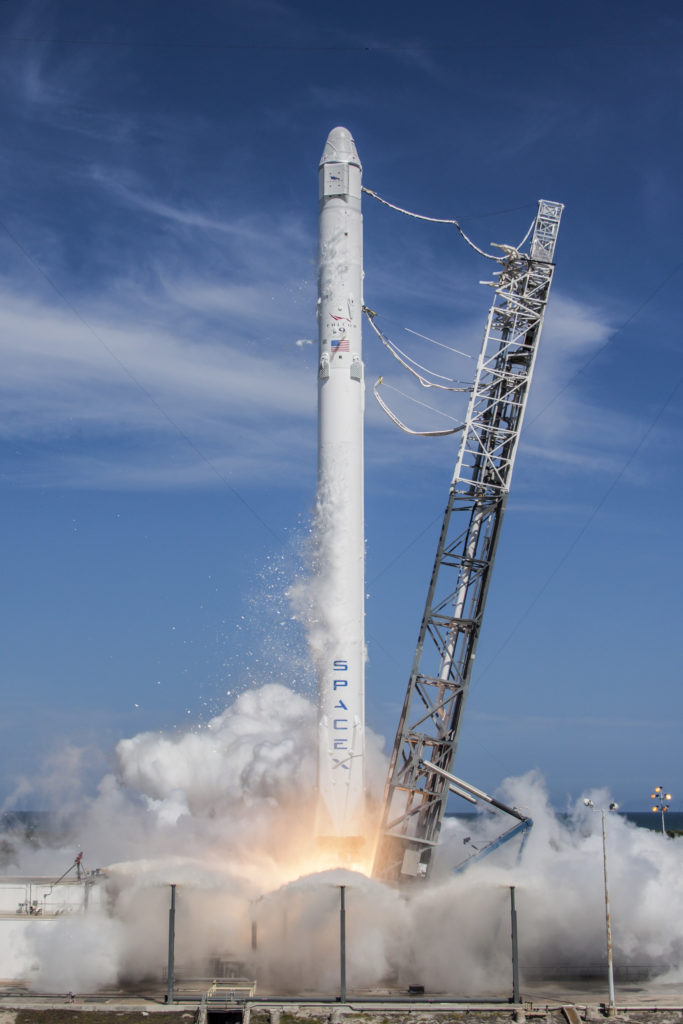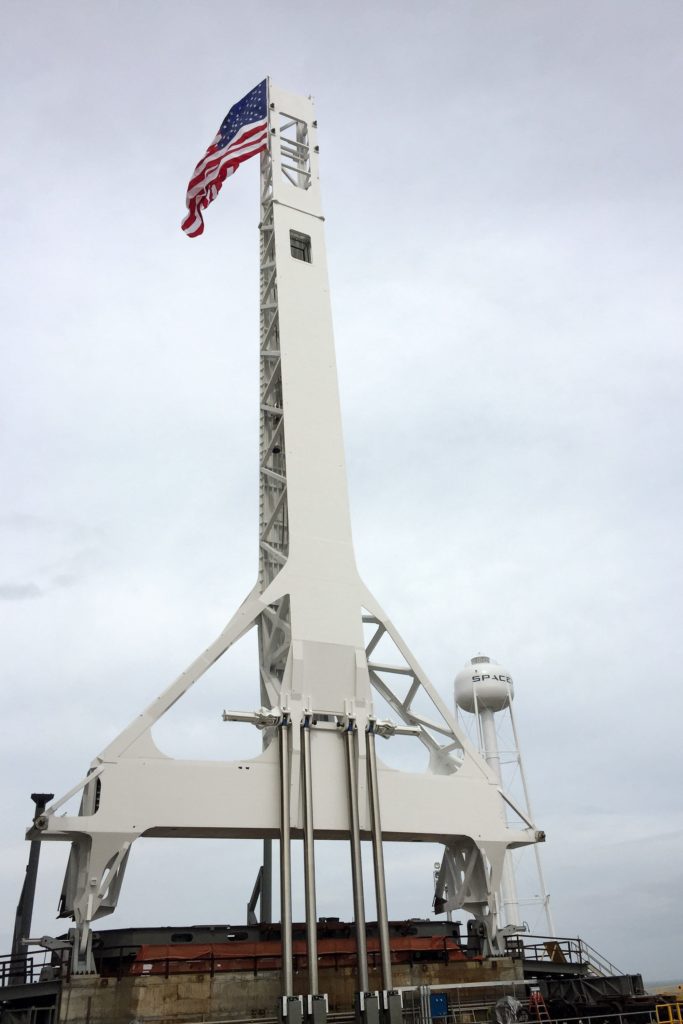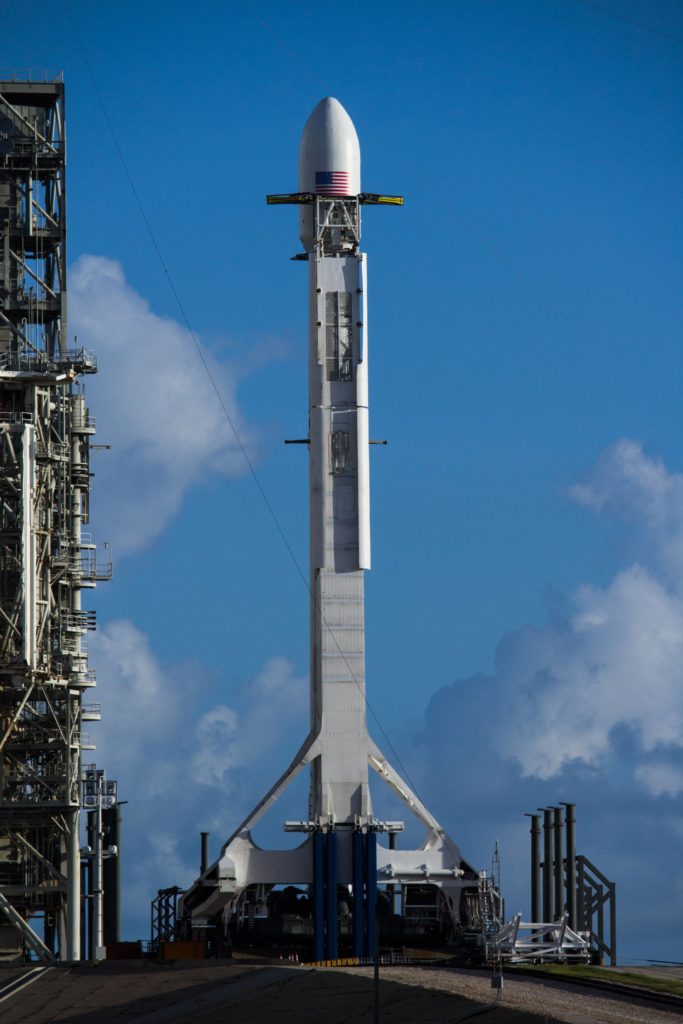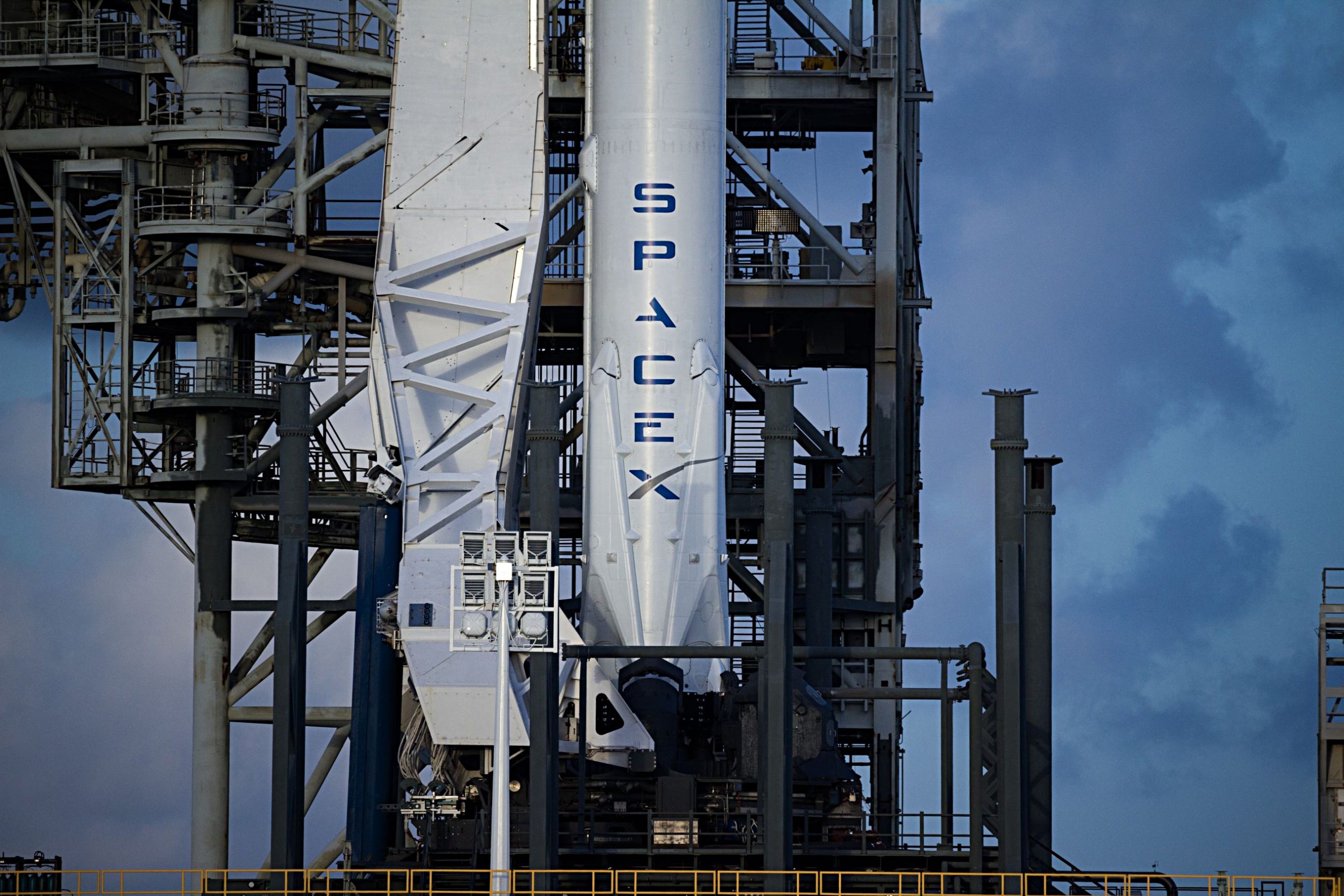
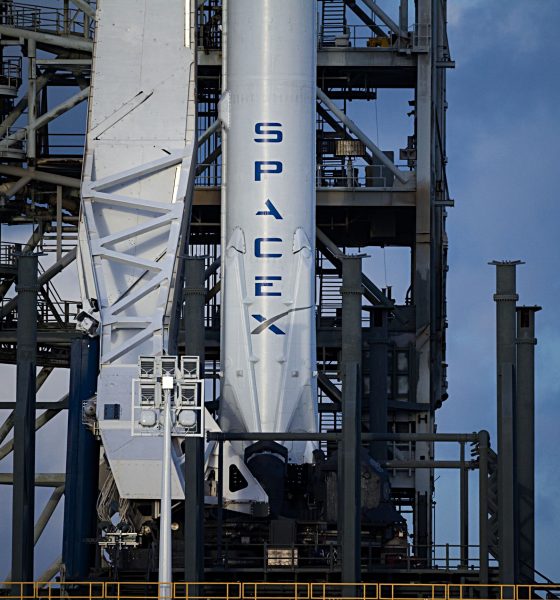
News
SpaceX prepares for space station supply mission as secret Zuma launch postponed
Zuma patiently awaits a new launch date
Just shy of two weeks ago, SpaceX announced the discovery of unspecified problems with a Falcon 9 payload fairing during routine quality assurance (QA) testing at the company’s Hawthorne, CA factory. The launch of Zuma, a deeply mysterious satellite with no clear manufacturer or customer, was subsequently delayed indefinitely, pending the results of an internal investigation into the aforementioned fairing defects.
Several days after SpaceX’s Zuma announcement, the Falcon 9 booster, second stage, and payload (often referred to as the “stack”) were rolled back into the pad facilities at LC-39A, verifying that a delay of at least several days would follow. This delay was both confirmed and denied in a confusing manner, with the Cape’s 45th Space Wing appearing to suggest that Zuma would not be impacted by a preplanned range closure in late November, although journalist Irene Klotz reported that Zuma was delayed until December, when maintenance was scheduled to end.
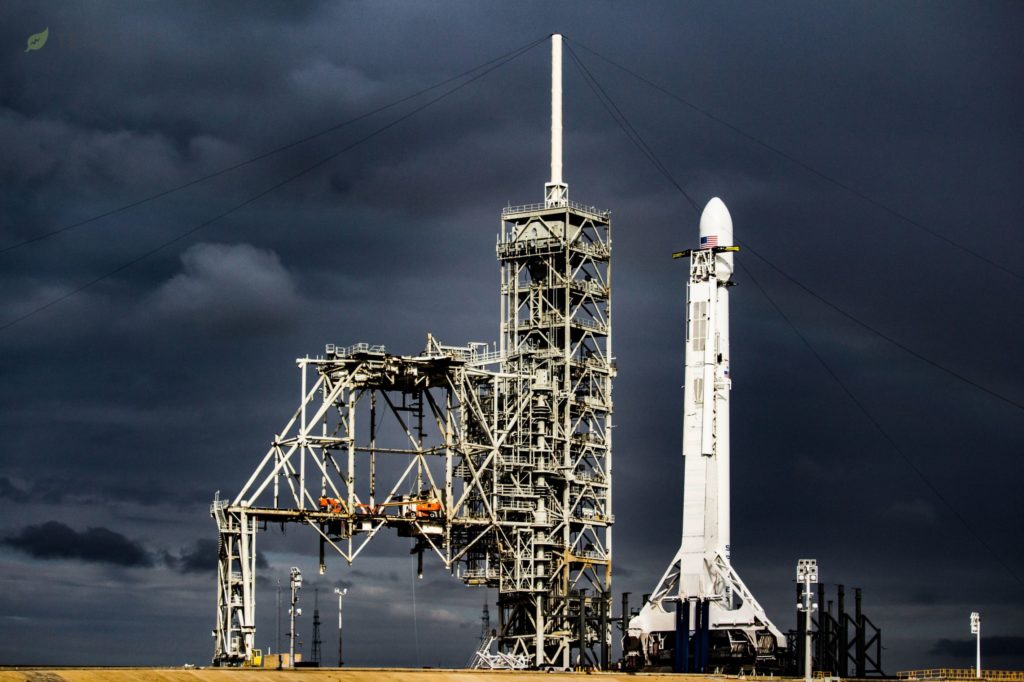
SpaceX’s mysterious Zuma payload and Falcon 9 1043 seen before stormy Florida skies. (Tom Cross/Teslarati)
All things considered, the month of November has been an unusually chaotic period for SpaceX and the Space Coast, and the chaos has almost certainly been exacerbated by the intense secrecy surrounding Zuma. As the sum total of publicly available information, these details indicate that SpaceX employees discovered a systemic defect or defects in recently-manufactured fairings, serious enough to indefinitely ground the company’s commercial launches. However, SpaceX recently opened press registration for the Iridium-4 mission, still apparently scheduled for launch on December 22 and further corroborated by the CEO of Iridium Communications, hinting that that mission’s fairing either predates the scope of the fairing investigation, or that the investigation and fairing groundings have arisen out of an abundance of caution above all else.
A Dragon stretches its wings
More importantly and perhaps more logically, SpaceX’s next Cargo Dragon mission to the International Space Station – CRS-13 – has not been directly impacted by fairing problems; Dragon missions do not require fairings. The CRS-13 mission, currently aiming for a static fire on November 29 and launch on December 4, will be exceptional for a number of equally thrilling reasons. In no particular order: CRS-13 will mark the first NASA-approved reuse of a Falcon 9’s first stage, in this case with the added aesthetic bonus that the Dragon will reach orbit aboard the same booster that launched CRS-11’s Dragon almost exactly six months prior, June 3 2017. Equally exciting, CRS-12 marked the final new Cargo Dragon launch, and CRS-13’s Dragon is a refurbished spacecraft, having previously flown the CRS-6 mission in late 2015.
- The CRS-6 Cargo Dragon being mated to its Falcon 9 launch vehicle in 2015. (SpaceX)
- This exact Dragon has been recovered from orbit, refurbished, and is now prepped and ready for another orbital mission on December 4th. (SpaceX)
Rather poetically, CRS-11 marked the first commercial reuse of an orbital spacecraft, and the booster that launched that mission, Falcon 9 1035, will now fly once more to lift the second-ever reused Dragon into orbit. If all goes as planned, SpaceX’s CRS-13 mission will arguably be the most-reused orbital-class mission in the history of spaceflight, with only the second stage and Dragon’s trunk being both new and expendable. Both the booster and Dragon likely required a fair amount of refurbishment, but if Elon Musk’s June 2017 statements remain accurate, SpaceX has probably progressed far along the reusability learning curve. Quoting Elon Musk and myself at the ISS R&D Conference in July 2017:
Musk said he expects the next Dragon reuse and all future reuses to save the SpaceX nearly 50% of the cost of manufacturing an entirely new spacecraft. Musk admitted that the first refurbishment of Dragon likely ended up costing as much or more than a new vehicle, but this is to be expected for the first attempt to reuse any sort of space hardware that must survive some form of reentry heating and saltwater immersion.
Indeed, CRS-13 will in fact be “the next Dragon reuse” after CRS-11’s success. If the spacecraft’s refurbishment does manage save SpaceX anywhere near 50% of the cost of manufacture, the mission will be an extraordinary accomplishment, above and beyond the already intense difficulty of refurbishing and reflying a several-ton (~4000kg empty) orbital spacecraft.
LC-40 pad repairs near completion
Even after the reuse of both the Dragon and Falcon 9 booster, CRS-13 will lay host to yet another milestone for SpaceX as the first mission to launch from the newly repaired Launch Complex-40 (LC-40), after the pad suffered widespread damage from a Falcon 9 failure during preparations for the launch of Amos-6. Little is known on the specifics of the damage suffered, but repairs have taken no less than 14 months and at a minimum required the fabrication, assembly, and qualification of entirely new Ground Support Equipment (GSE).
- Based on photos posted to social media, LC-40’s new TEL will be considerably different than the 39A’s white monolith, likely closer in form to the original it is to replace (seen here). (SpaceX)
- The TEL seen at LC-39A in early 2017. (SpaceX)
- LC-39A’s TEL and Falcon 9 seen before the launch of SES-11 in October 2017. (Tom Cross/Teslarati)
Under the umbrella of GSE are thousands of feet of precisely machined and welded piping and pumps, a new launch mount and transporter-erector-launcher (TEL) to carry Falcon 9 out of the integration facilities, the repair or complete removal and replacement of a huge volume of scalded concrete, and the repair or replacement of likely dozens or hundreds of other miscellaneous components destroyed in the intense fire that followed the Amos-6 incident. Nevertheless, as spotted on a social media platform by the author, the aforementioned TEL and launch mount were shown going vertical just a handful of days ago, further evidence that LC-40 is once again rapidly marching towards operational status.
The long-awaited reactivation and return to operations at LC-40 is itself arguably the most critical path ahead of Falcon Heavy’s inaugural launch, and modifications to the pad and TEL have restarted in light of Zuma’s indefinite delays, with SpaceX’s ever-productive and heroic ground crew taking advantage of extra down-time between launches. With Zuma now ~11 days past its scheduled launch date, the mission’s delay will likely result in additional delays to Falcon Heavy’s inaugural launch, which was reported to be aiming for ~December 29. This deep of a delay might also necessitate the transfer of Zuma’s launch from LC-39A to LC-40, depending on the customer’s flexibility and SpaceX’s own needs. Time will tell, and in the meantime, the mystery of Zuma and wondrous accomplishments of CRS-13 ought to sate the launch withdrawals of SpaceX fans for the time being.

Elon Musk
Elon Musk just said some crazy stuff about the Tesla Roadster
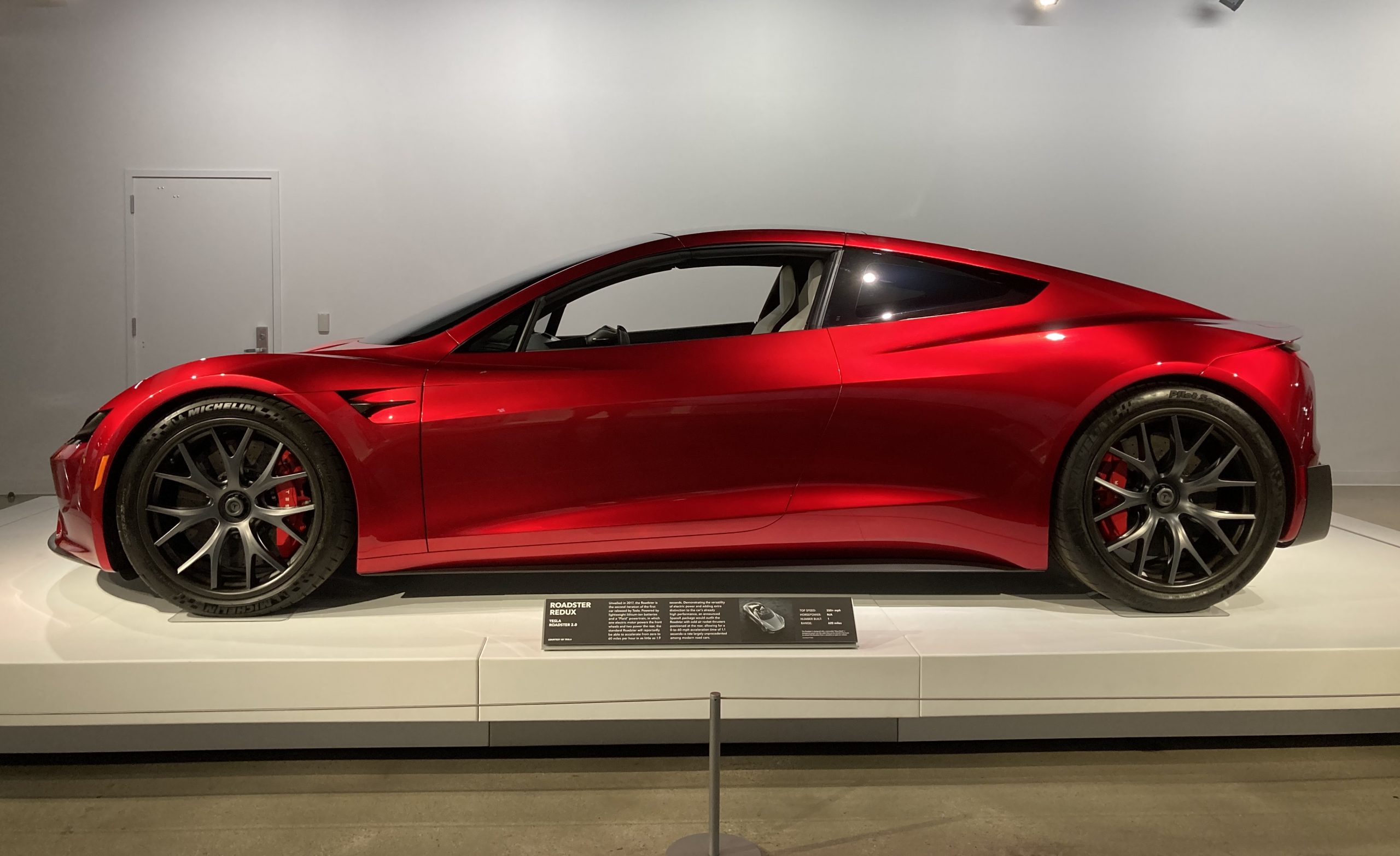
Elon Musk appeared on the Moonshots podcast with Peter Diamandis today to discuss AGI, U.S. vs. China, Tesla, and some other interesting topics, but there was some discussion about the upcoming unveiling of the Roadster, the company’s electric supercar that will arrive several years after it was initially slated for release.
Musk made some pretty amazing claims about the Roadster; we already know it is supposed to be lightning-fast and could even hover, if Tesla gets everything to happen the way it wants to. However, the car has some pretty crazy capabilities, some of which have not even been revealed.
On the podcast, Musk said:
“This is not a…safety is not the main goal. If you buy a Ferrari, safety is not the number one goal. I say, if safety is your number one goal, do not buy the Roadster…We’ll aspire not to kill anyone in this car. It’ll be the best of the last of the human-driven cars. The best of the last.”
🚨 Elon on the Roadster unveiling, scheduled for April 1:
— TESLARATI (@Teslarati) January 6, 2026
Musk makes a good point: people who buy expensive sports cars with ridiculous top speeds and acceleration rates do not buy them to be safe. They hope they are safe in case of an emergency or crash, but safety is not at the forefront of their thoughts, because nobody buys a car thinking they’ll crash it.
The Roadster is truly going to push the limits and capabilities of passenger vehicles; there’s no doubt about that. Tesla plans to show off the new version car for the first time on April 1, and Musk has only hinted at what is possible with it.
Musk said back in November:
“Whether it’s good or bad, it will be unforgettable. My friend Peter Thiel once reflected that the future was supposed to have flying cars, but we don’t have flying cars. I think if Peter wants a flying car, he should be able to buy one…I think it has a shot at being the most memorable product unveiling ever. [It will be unveiled] hopefully before the end of the year. You know, we need to make sure that it works. This is some crazy technology in this car. Let’s just put it this way: if you took all the James Bond cars and combined them, it’s crazier than that.”
Production is set to begin between 12 and 18 months after the unveiling, which would put the car out sometime in 2027. Hopefully, Tesla is able to stay on track with the scheduling of the Roadster; many people have been waiting a long time for it.
News
Tesla launches hiring for Robotaxi program in its twentieth country
Overall, the hiring signals Tesla’s aggressive timeline for global dominance in autonomous mobility.

Tesla has launched a hiring initiative for its Robotaxi program in its twentieth country, as the company posted two new jobs in Thailand this week.
Tesla is hiring in Bangkok and Kowloon for the Vehicle Operator position, which is related to data collection, and is the first in Thailand, but the twentieth country overall, as the company tries to expand into other markets.
🚨 BREAKING: Tesla is hiring additional full-time Vehicle Operators in Bangkok, Thailand.
Previous openings were 6-month, part-time roles. These are equivalent to AI Safety Operator roles in the U.S. pic.twitter.com/R6LzoU1bos— Tesla Yoda (@teslayoda) January 5, 2026
Tesla has had active job postings for Vehicle Operator positions in the United States, India, Israel, Taiwan, Germany, the Czech Republic, Hungary, the UK, Finland, Switzerland, Sweden, the Netherlands, Austria, Spain, Norway, Italy, and Turkey in past listings.
These postings are not all currently available, likely because the roles have been filled.
Thailand is the most recent, and broadens the company’s potential path to expanding its ride-hailing program, which is only active in the United States in Austin, Texas, and the California Bay Area, so far.
These roles typically involve data collection, which assists in improving Autopilot and Full Self-Driving operation. Tesla’s self-driving programs utilize real-world data that is accumulated and stored, observing vehicle and traffic behavior, as well as tendencies that are performed by human drivers to help increase safety and overall performance.
Overall, the hiring signals Tesla’s aggressive timeline for global dominance in autonomous mobility. Although the company has several high-profile rivals and competitors in the field, it has established itself as a main player and a leader in the development of autonomous technology, especially in the U.S., as its FSD suite is refined on almost a weekly basis.
The Full Self-Driving suite is available in seven countries and territories currently, including the U.S., Canada, China, Mexico, Puerto Rico, Australia, and New Zealand. Its biggest goal for expansion is currently the European market, where regulatory hurdles have been the main bottleneck prolonging its launch on the continent.
Tesla has performed months of testing in various European countries, including France and Spain, and does have support in some areas from various regulatory agencies. However, the company is hoping to get through this red tape and offer its suite in Europe for the first time, hopefully this year.
News
Tesla China rolls out Model Y upgrades, launches low-interest financing
These strategies are aimed at improving the ownership experience and keeping vehicle pricing competitive in the world’s largest electric vehicle market.

Tesla has rolled out minor updates to the five-seat Model Y in China, upgrading the vehicle’s center display to a higher-resolution 16-inch 2K screen. The electric vehicle maker also introduced attractive financing options, including 7-year low-interest rates, to offset the new purchase tax on EVs.
These strategies are aimed at improving the ownership experience and keeping vehicle pricing competitive in the world’s largest electric vehicle market.
Five-seat Model Y gets larger, better display
With its recent update, all three variants of the five-seat Model Y now feature an upgraded 16-inch 2K resolution center display, which replaces the vehicle’s previous 15.4-inch 1080p panel. This screen was already used in the six-seat Model Y L, and it offered improved visual clarity. Tesla China has also updated the Model Y’s headliner to black, giving the vehicle a sleeker appearance.
Prices of the five-seat Model Y remain unchanged at RMB 263,500, RMB 288,500, and RMB 313,500 for the respective trims. This update enhances the cabin experience as domestic rivals are already adopting high-resolution screens. As noted in a CNEV Post report, some domestic automakers have begun rolling out vehicles equipped with 3K-resolution displays.
New financing offers
Tesla also launched ultra-long-term financing offers for its locally produced models in China, which include the Model 3 sedan, the five-seat Model Y, and the six-seat Model Y L, through January 31, 2026. The 7-year option features an annualized fee rate as low as 0.5%, which is equivalent to 0.98% interest. This is expected to save customers up to RMB 33,479 ($4,790) compared to standard rates.
A 5-year zero-interest plan is also available, and it has been extended to the Tesla Model Y L for the first time. These incentives help offset China’s new 5% purchase tax on New Energy Vehicles (NEVs) in 2026-2027. Some of Tesla’s rivals in China have announced in recent months that they would be covering the purchase tax owed by buyers early this year.
